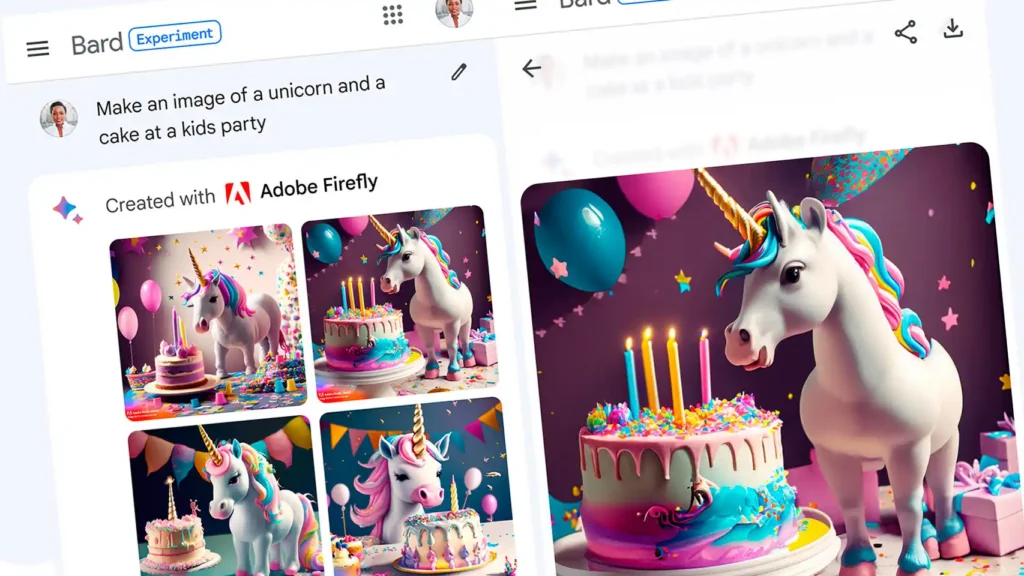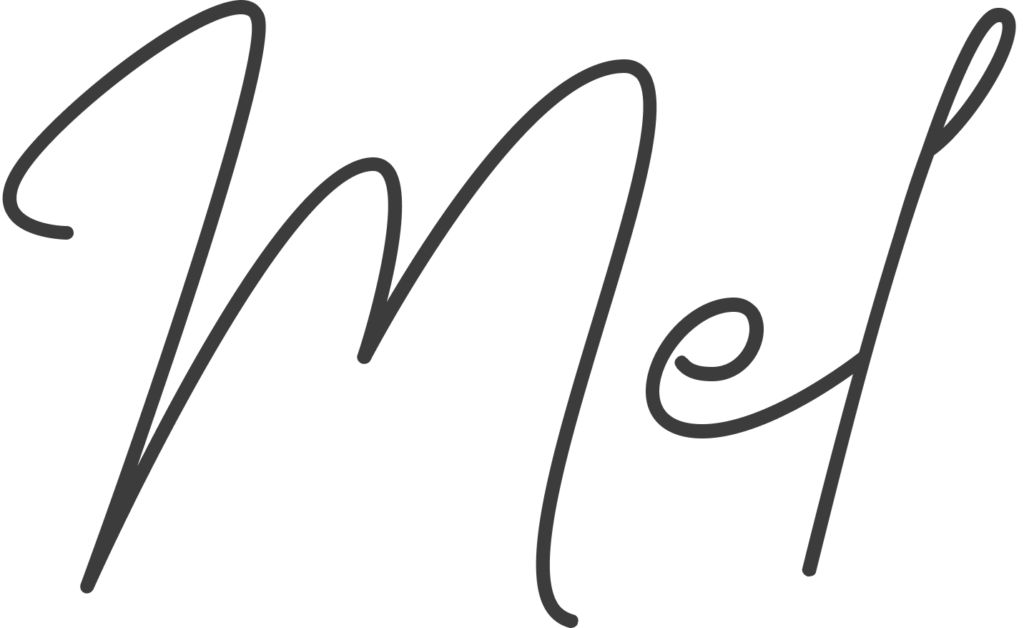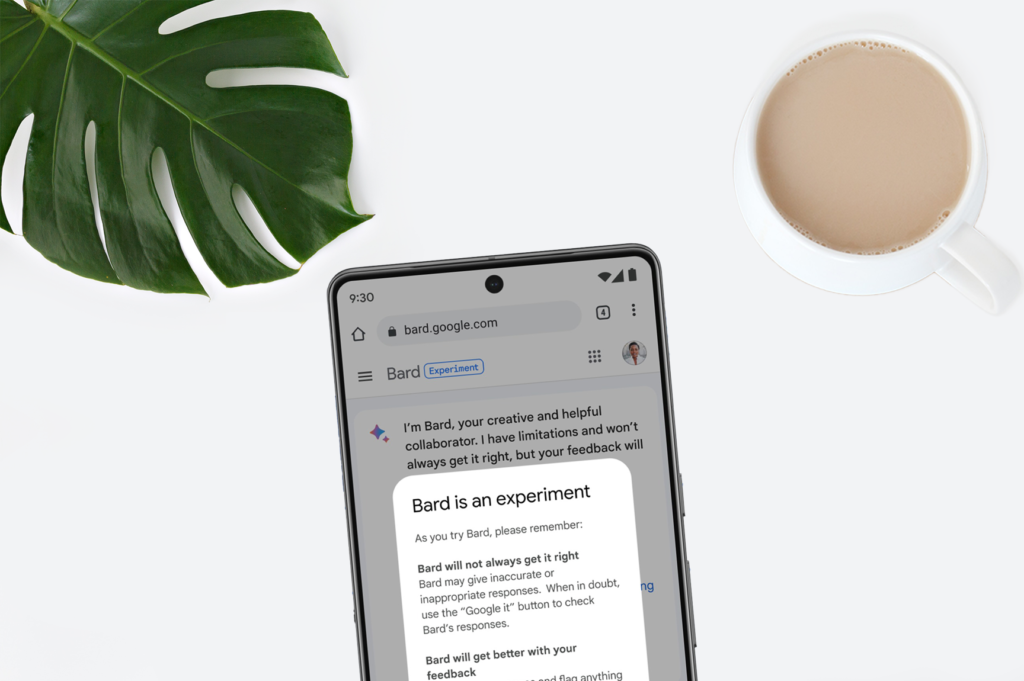Designing the future: Google merges AI and Creativity
In the realm of technological advancements, Google introduces its latest creation, Bard, designed to reshape the landscape of product design and user experience (UX). In this article, I want to delve into the practical applications of Bard and its potential to facilitate designers' work in various ways.
Bard: A fusion of AI and Design
At its core, Bard is Google's AI-powered tool aimed at streamlining the process of product design and user experiences. By combining natural language processing (NLP), machine learning, and data analysis, Bard offers designers an additional layer of assistance in their creative endeavours.
Simplified idea generation and conceptualisation
Imagine being able to express your design ideas in simple words, while Bard transforms them into something you can see and touch. With Bard, sharing and creating your concepts becomes easier. It enables you to transform your ideas into tangible parts of the design effectively, bridging the gap between designers and design tools.
Utilising data insights in Design
Bard employs its artificial intelligence to analyse substantial amounts of information, such as how users interact, current trends, and previous designs. This renders it a valuable resource for designers. The result? Designs not only look good but also resonate with those who will use them.
Moreover, by streamlining this process, it allows projects that previously lacked resources to conduct user research to now benefit from valuable user information, thereby enhancing design decision-making.
Swift iteration and enhanced collaboration
Bard accelerates the way we refine and improve designs, especially at the beginning of the process. This means designers can swiftly experiment with different versions of a design, fostering creative exploration. To explain better, picture yourself designing a mobile app. With Bard, you can test various layouts and features, observing how they function before making final decisions.
In addition, Bard strengthens collaboration by allowing all team members to contribute ideas. This transforms the design process into a team effort, with each input helping to create a stronger, more effective design.
Personalised user experiences
By analysing what users like and how they behave, Bard helps designers create interactions that cater to each individual. This ensures user experiences are user-friendly and adapt to individual preferences.
Breaking language barriers
Even within teams speaking different languages, Bard proves highly useful. This technology transcends language differences, enabling fluid communication and collaboration among diverse groups, regardless of their native tongues.
For instance, when discussing a new design or sharing ideas, designers can simply write their comments in their own language. Bard steps in by analysing, translating, and conveying these ideas to all other team members in their respective languages. This ensures everyone can understand and contribute, no matter what language they speak.
Como resultado, todos pueden contribuir y entenderse claramente, lo que acelera el proceso de diseño y mejora la calidad del trabajo en equipo.
The future of Design
As Bard and technology continue to evolve, it promises to shape the future of design profoundly. By facilitating idea generation, data-driven decision-making, efficient iteration, collaboration, personalisation, and cross-cultural communication, Bard empowers designers to break barriers and create exceptional user experiences. No excuses!
In a world where innovation is relentless and competition fierce, Google's Bard technology emerges as a beacon of transformation for product and UX designers. As the design landscape embraces AI-powered tools, the fusion of human creativity and machine intelligence heralds an era where the impossible becomes achievable and the extraordinary becomes the norm.

Bard generating images with Adobe's Firefly. Find more information in this post.
Thank you for dedicating time to read this article!
Until next time, may your future designs shine as brightly as the future that awaits us.


